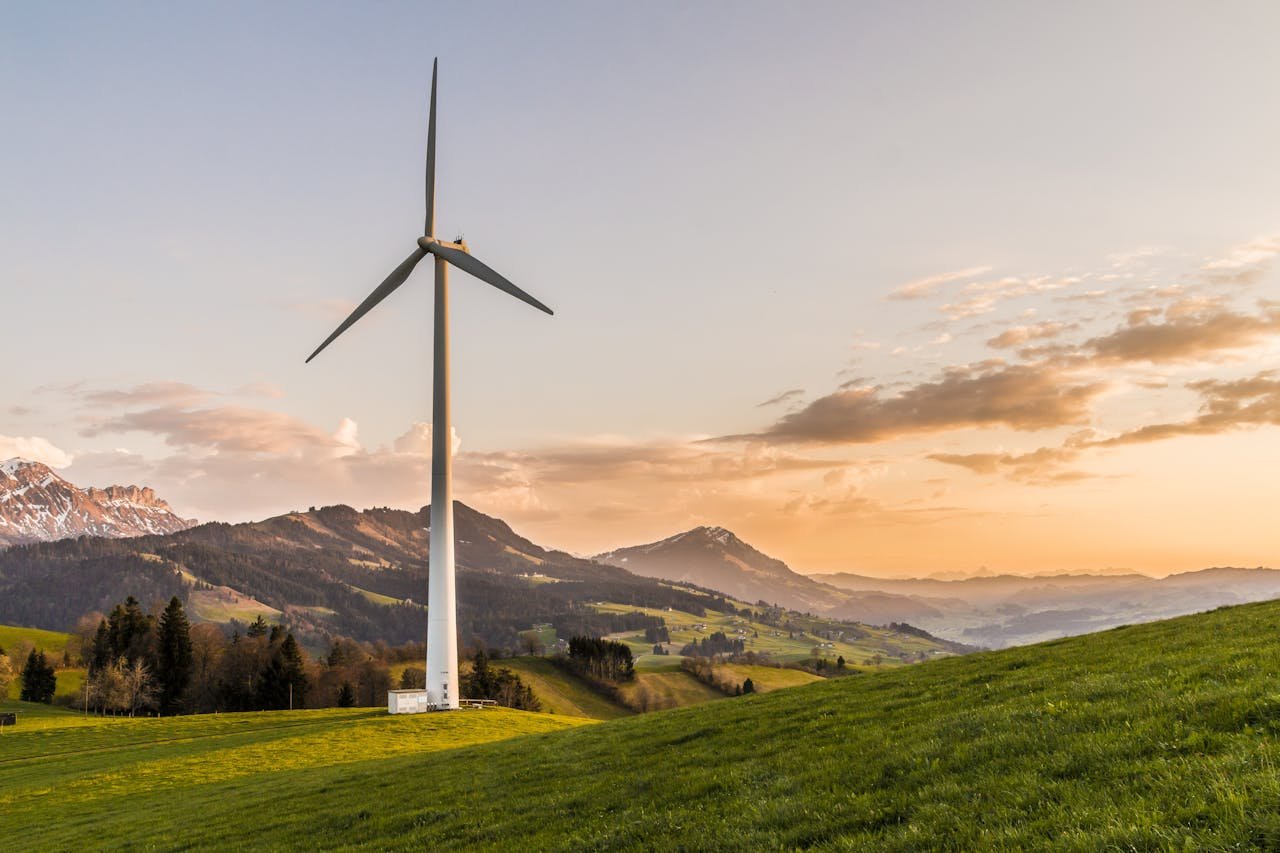The world is rapidly shifting toward renewable energy as concerns over climate change and sustainability grow. Green energy sources like solar, wind, and hydroelectric power are transforming the way electricity is generated, reducing dependence on fossil fuels. Technological advancements and policy changes are driving the clean energy revolution, making it more accessible and efficient. As the demand for sustainable solutions increases, new trends are shaping the future of renewable power.
The Rise of Solar and Wind Energy
Solar and wind energy continue to dominate the renewable energy market. Improvements in solar panel efficiency and battery storage are making solar power more affordable and widely available. Residential and commercial solar installations are on the rise, allowing homeowners and businesses to generate their own electricity. Wind power is also expanding, with offshore wind farms becoming a key player in energy production. Countries with strong coastal winds are investing heavily in offshore projects, increasing energy output and reliability. As technology advances, both solar and wind energy are expected to become even more cost-effective and efficient.
Energy Storage and Battery Innovations
One of the biggest challenges of renewable energy has been storage, as solar and wind power depend on weather conditions. Advances in battery technology are helping store excess energy for use when the sun isn’t shining or the wind isn’t blowing. Lithium-ion batteries are becoming more efficient and affordable, allowing for large-scale energy storage solutions. New developments in solid-state batteries and alternative storage methods like hydrogen fuel cells are also gaining attention. These innovations are making renewable energy more reliable, helping to reduce dependence on traditional power grids.
Smart Grids and Decentralized Energy
The way electricity is distributed is changing with the introduction of smart grids and decentralized energy systems. Smart grids use digital technology to optimize energy distribution, ensuring a more efficient and reliable power supply. Households and businesses with solar panels can now generate and store their own energy, reducing reliance on centralized power plants. Decentralized energy systems allow excess energy to be shared within communities, creating more sustainable and self-sufficient networks. These advancements are helping reshape the traditional energy grid and provide more control over energy consumption.
The Role of Government Policies and Investments
Government support plays a crucial role in the expansion of renewable energy. Many countries are implementing policies to phase out fossil fuels and promote green energy initiatives. Incentives such as tax credits, subsidies, and grants are making renewable energy projects more attractive for businesses and homeowners. Large-scale investments in clean energy infrastructure are driving economic growth while reducing carbon emissions. Global agreements and climate targets are pushing governments to accelerate the transition toward sustainable energy sources, ensuring long-term environmental benefits.
The Future of Green Energy
The future of renewable energy is centered on innovation and sustainability. Emerging technologies like floating solar farms, advanced wind turbines, and carbon capture solutions are set to revolutionize the industry. The integration of artificial intelligence in energy management is improving efficiency and predicting power demand. As green hydrogen gains traction, it is expected to become a key player in powering industries and transportation. With continued advancements, renewable energy will become more accessible, affordable, and essential in creating a cleaner and more sustainable world.
Conclusion
The shift to green energy is accelerating, driven by advancements in solar and wind power, energy storage, smart grids, and government policies. As renewable energy technologies continue to evolve, they are becoming more reliable and cost-effective. The future of sustainable power depends on ongoing innovation, investment, and collaboration. With a growing focus on clean energy solutions, the world is moving closer to a future powered by renewables, reducing the environmental impact of energy consumption while ensuring a more sustainable planet.

